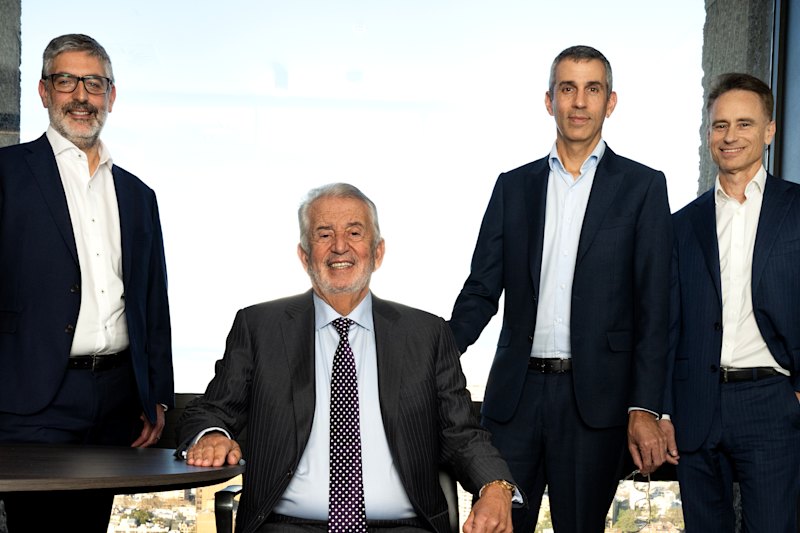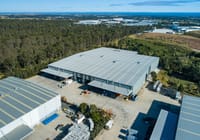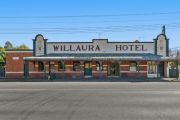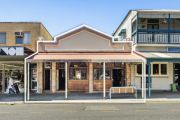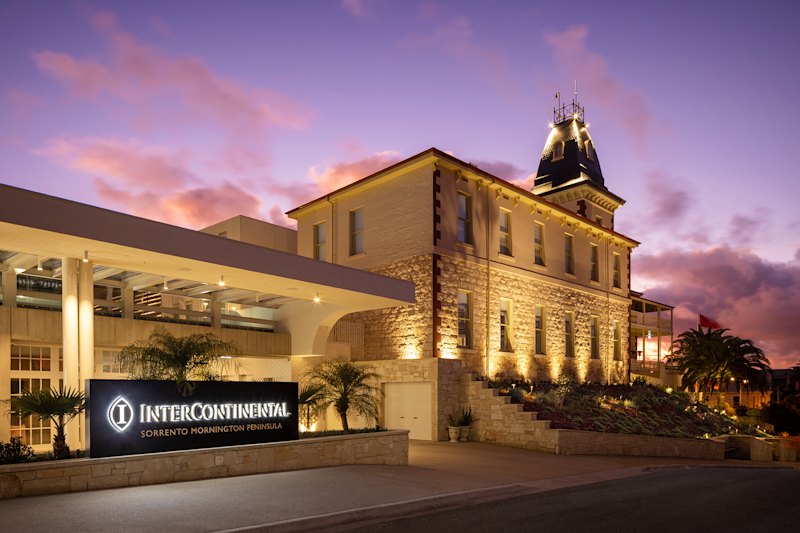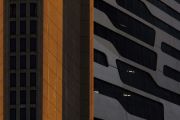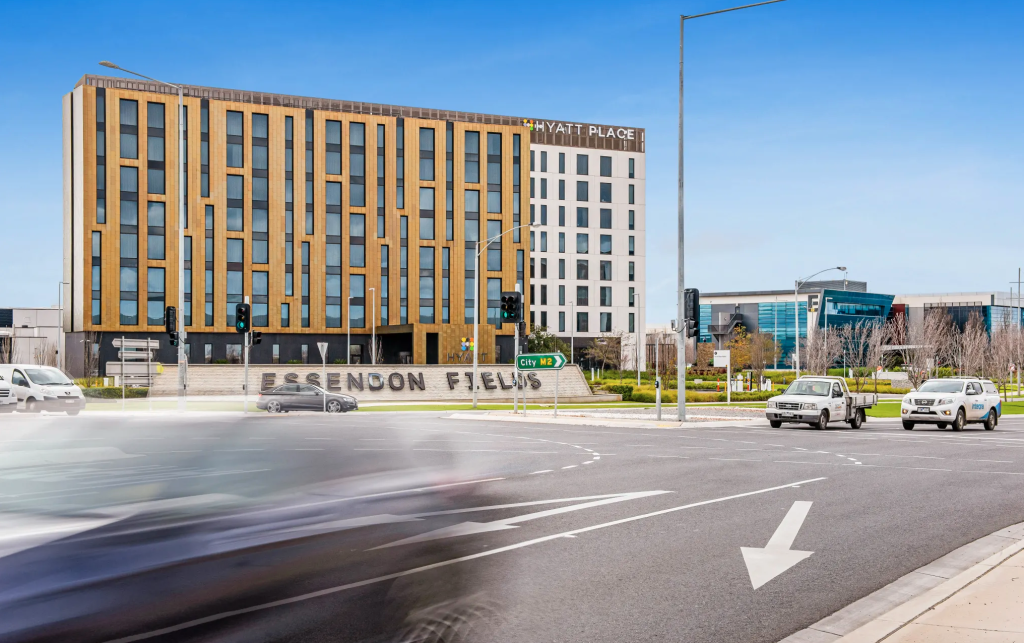
Suburban landlords capitalise on COVID-friendly offices despite vacancy hike
Landlords are banking on businesses’ appetite to relocate workers into offices closer to home to counter rising vacancy rates in suburban and city-fringe locations.
COVID battered city-fringe markets were not immune to the softening demand and increasing supply that resulted in the national vacancy rate spiking to 11.7 per cent, a figure not seen since the 1990s recession.
Key precincts such as Parramatta in Sydney and East Melbourne weathered the storm better than most. Vacancy in the former ticked up to 6.4 per cent in January from 4.8 per cent the previous July and in the latter, it rose to 4.1 per cent.
The Property Council of Australia’s latest Office Market Report, covering the pandemic-hit six months from July 2020 to January this year, shows other sub-markets like North Sydney (19.5 per cent), Southbank (12.3 per cent) and leafy St Kilda Road (12.9 per cent) in Melbourne, were hit harder, recording substantially higher vacancy rates.
CI Australia’s managing director for North Sydney, Bevan Kenny, said that although the suburb recorded one of the country’s highest total vacancies, 19.5 per cent, the sharp rise was “mostly attributable to the relocation of a few large tenants”.
Stockland has increased its presence in North Sydney with a proposed $1.3 billion redevelopment of its 110-122 Walker Street site. Once completed in 2024, the Hassell-designed site will be a 64,000 sq m, 55-storey office and retail skyscraper boasting state-of-the-art working practices.
Corporates are rapidly moving to a “hub and spoke” approach, giving staff the option of working from home, the office, or at their clients’ premises. The approach – which was unfolding before the pandemic accelerated the trend – includes taking on “spoke” space in the suburbs and rationalising larger CBD headquarters, giving workers flexibility and shorter commute times.
Reading the market’s direction, landlords such as Centuria Office Fund, Dexus, Stockland and GPT have invested heavily in the non-CBD markets, particularly in North Sydney and Parramatta.
In Melbourne, multiple private developers have rushed to meet demand, rolling out projects in the vibrant, amenity-soaked suburbs like Cremorne and Collingwood.
Parramatta, where low vacancies have defied a surge in supply, has been a standout. The suburb recorded net absorption of 28,673 square metres, with most additions in A-grade stock where vacancy increased from 1.2 per cent to 3.4 per cent. But a number of new projects are nearing completion including Walker Corporations 6PSQ, GPT’s 32 Smith Street and Charter Hall/WSU’s scheme at 6 Hassall Street.
Property Council regional director Ross Grove said western Sydney now has more office space leased than it had pre-COVID, and “we have more people taking up office space than leaving”.
“While there is growing demand for office space, we also had more new office space which came onto the market. This is still the lowest vacancy rate of any commercial centre in NSW and sits well below the nationwide average,” he said.
Suburban office markets well away from the CBD’s centre of gravity are also moving to take advantage of the pandemic-inspired reset.
The Lindsay Fox and Max Beck owned business park, Essendon Fields, about 10 kilometres from Melbourne’s centre, is set to launch a six-level 7500 sq m office after its vacancy rate fell to 2.2 per cent at the end of January.
There is a growing appetite from corporate and government tenants to locate in less expensive and more accessible suburbs away from the CBD, especially in the post-COVID-19 operating environment, its chief executive Brendan Pihan said.
“Unlike the high-rises of the CBD, the campus-style setting at Essendon Fields means we can deliver high-quality offices with large floor plates, ample onsite parking, and where it’s practical to encourage workers to take the stairs and avoid waiting for lifts.”
The trend will only accelerate this year, Mr Pihan said.
CBRE’s office leasing director Mark Martin said alternative office locations like Parramatta were not immune to the flight of workers that turned most city centres into ghost towns last year.
“This is especially noticeable across the NSW and federal government tenancies, as well as larger premises occupied by the finance and insurance sectors who have yet to return to work in any meaningful numbers. These groups alone account for about 70 per cent of all office space occupied in Parramatta,” Mr Martin said.
“Over the past six months, enquiry has generally been for smaller tenants of 200 sq m to 400 sq m, with demand exclusively for fitted space on shorter terms, typically three to five years,” he said.
Investors have taken note and are favouring property managers with suburban assets. Centuria Office Fund’s stock bounced this week after it struck a note of confidence in a tumultuous market, reinstating its earnings guidance, between 19.4¢-19.9¢, and reiterating its full-year distribution guidance of 16.5¢.
“Many businesses, especially those affected by the pandemic, are conscious of cashflow and are actively seeking more affordable rents,” COF fund manager Grant Nichols said.


